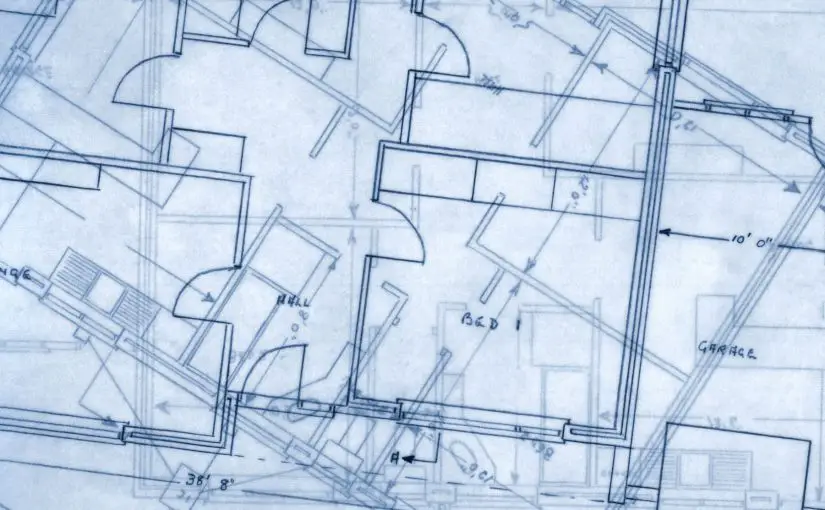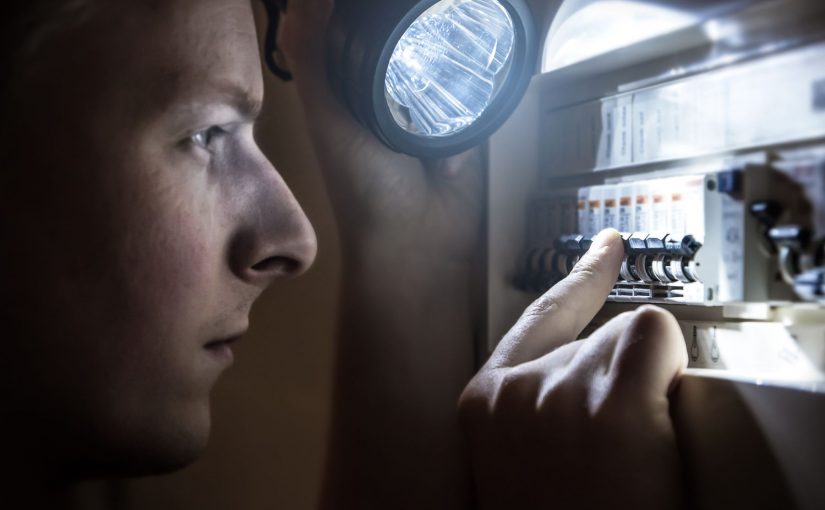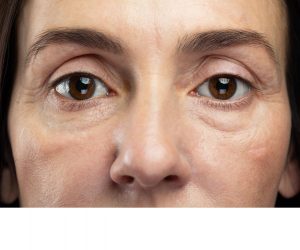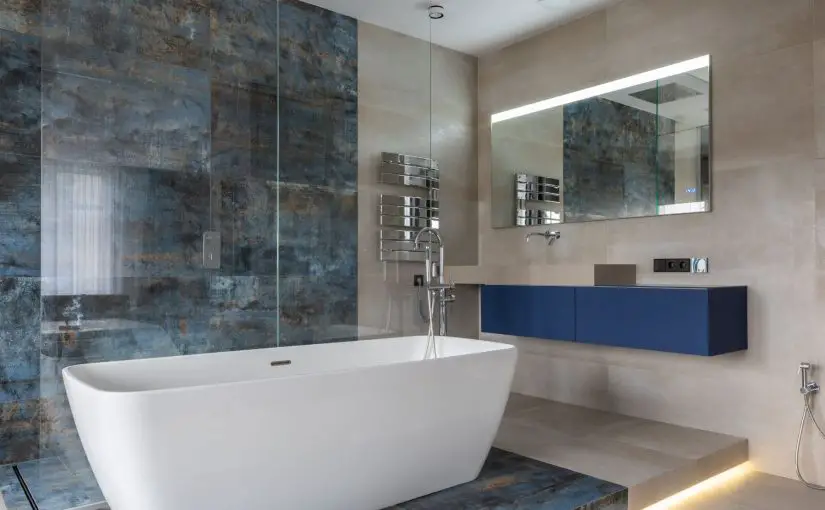Do window air conditioners interfere with Wi-Fi
Window air conditioners can potentially interfere with Wi-Fi signals if they are operating on the same frequency as the Wi-Fi network.
This can cause a decrease in signal strength and result in slower internet speeds or dropped connections.
However, most modern Wi-Fi routers and devices are designed to operate on different frequencies than window air conditioners, so this is typically not a problem.
Additionally, if the air conditioner is not located close to the router or device, the interference will likely be minimal.
What to do…
If you are experiencing Wi-Fi issues, you can try moving the air conditioner further away from the router or device, or try changing the channel on your router to a different frequency.
What is more likely interfering with your Wi-Fi then the window AC?
There are many potential sources of interference that can affect Wi-Fi signals, so it can be difficult to determine the exact cause without further investigation.
Some common sources of interference include:
1.Other electronic devices:
Other devices that operate on the same frequency as your Wi-Fi network, such as cordless phones, microwaves, or baby monitors, can cause interference.
2.Physical obstructions:
Walls, furniture, and other objects can block or weaken Wi-Fi signals.
3. Distance from the router:
The further away a device is from the router, the weaker the signal will be.
4.Interference from other Wi-Fi networks:
Other Wi-Fi networks in the area can cause interference, especially if they are using the same channel as your network.
5. Overlapping channels:
If you are using an older router that does not support 5GHz or if your device does not support 5GHz, it could be that your router is set to 2.4GHz channel which is more prone to interference from other devices.
You should know that interference is not always the sole cause of weak or unstable Wi-Fi signal, it could be caused by a combination of factors or even an issue with the router itself.
It’s best to troubleshoot and eliminate each potential cause one by one.
Summary
Do window air conditioners interfere with Wi-Fi?
Though that there is the possibility that your Wi-Fi is on the same frequency as your Wi-Fi network, it is not probable.
There are many, more likely scenarios what could be interrupting your Wi-Fi reception.
Devices like microwaves and and baby monitors are known to interrupt Wi-Fi as well as cordless phones.
Other common problems include physical obstructions like walls and furniture that are blocking the Wi-Fi reception.
Distance from the router and other Wi-Fi networks in the area interfering with yours or all fairly common reasons too.
Finally you can easily check if the window AC is interfering with the Wi-Fi by moving the router to another area in the house that’s away from the window AC. That’ll tell you real quick if it’s the problem.
 In conclusion, a window AC is meant for one room, if you want to cool multiple rooms, you’ll need multiple units or a central air system.
In conclusion, a window AC is meant for one room, if you want to cool multiple rooms, you’ll need multiple units or a central air system.























